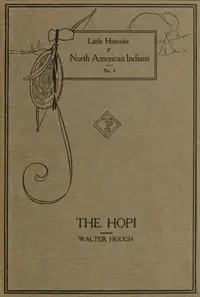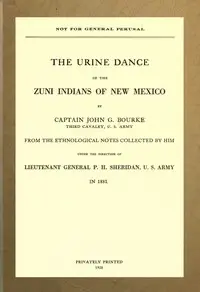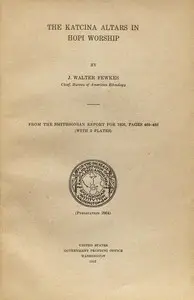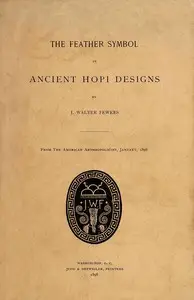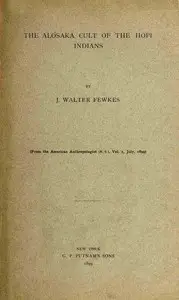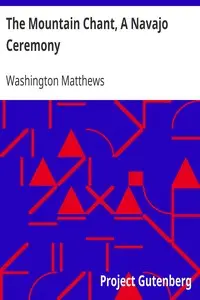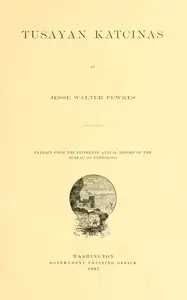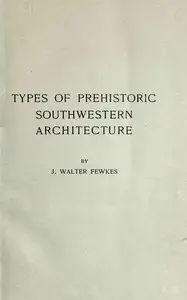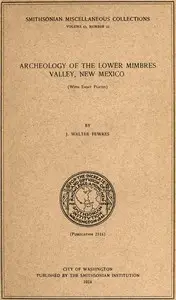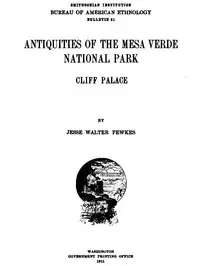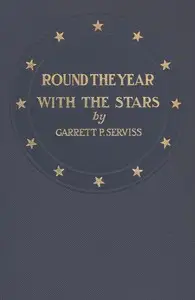"The Tusayan Ritual: A Study of the Influence of Environment on Aboriginal Cults" by Jesse Walter Fewkes, examines how the harsh Arizona environment shaped the beliefs and ceremonies of the Hopi Indians, also known as the Tusayan. The study looks at how the Hopi's agricultural way of life and their rituals were closely connected to the challenges of living in a dry, desert area. Key rituals, such as the Snake Dance and the Lalakonti, are examined to show that they were mainly performed to bring rain, which was needed for their crops to grow. The book uncovers the meanings behind the symbols and how these practices developed as answers to environmental needs. By analyzing the stories, ceremonial steps, and the importance of nature, Fewkes connects the environment and the spiritual beliefs of the Tusayan people.
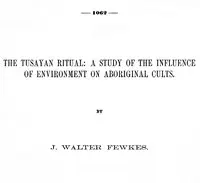
The Tusayan ritual : $b A study on the influence of environment on aboriginal cults
By Jesse Walter Fewkes
In the dry landscapes of Arizona, ancient rituals are performed to summon the life-giving rain, revealing a deep connection between a people’s survival and their spiritual practices.
Genres
Released
2023-02-19
Formats
epub
epub (images)
epub3 (images)
mobi (images)
txt
Free Download
Summary
About the AuthorJesse Walter Fewkes was an American anthropologist, archaeologist, writer, and naturalist.
Jesse Walter Fewkes was an American anthropologist, archaeologist, writer, and naturalist.
Total Reviews
10.0k
Total reviews from Goodreads may change

